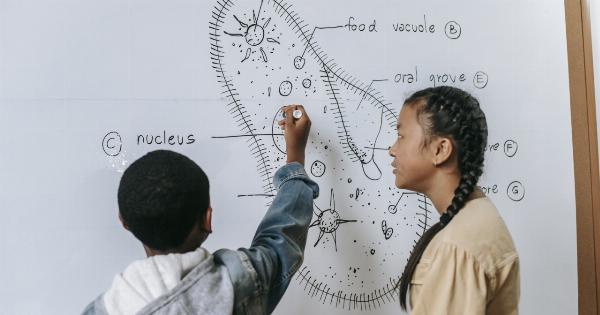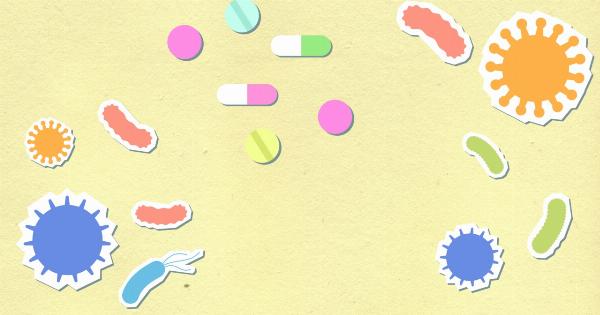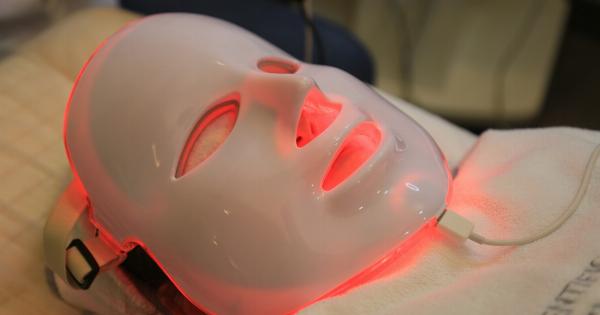Sickle cell anemia is a genetic blood disorder that affects millions of people worldwide, particularly those of African descent.
It is a debilitating condition that causes red blood cells to become misshapen and break down, leading to various health complications and a shortened lifespan. However, recent advancements in genetic therapy have brought hope to patients suffering from this disease.
Understanding sickle cell anemia
Sickle cell anemia is caused by a mutation in the gene that codes for hemoglobin, the protein responsible for carrying oxygen throughout the body. This mutation causes the red blood cells to become crescent-shaped instead of their normal round shape.
These misshapen cells are less flexible and can easily get stuck in small blood vessels, leading to blocked blood flow.
The symptoms of sickle cell anemia can vary from mild to severe and may include chronic pain, fatigue, frequent infections, delayed growth, and vision problems.
Additionally, the lack of oxygen reaching various organs and tissues can cause further complications such as strokes, organ damage, and even death.
The limitations of conventional treatments
Until recently, treatments for sickle cell anemia were focused on managing the symptoms and complications rather than addressing the underlying cause.
These treatments included pain management, blood transfusions, and hydroxyurea, a medication that helps increase the production of fetal hemoglobin, which can prevent the formation of sickle cells.
While these treatments provide some relief, they do not offer a permanent solution and often come with their own set of side effects.
Additionally, finding a suitable bone marrow donor for a potentially curative stem cell transplant can be challenging, as it requires a close tissue match and is associated with considerable risks.
Advancements in genetic therapy
Genetic therapy has emerged as a promising approach for treating sickle cell anemia. It involves modifying the patient’s own genetic material to correct the underlying genetic abnormality.
One of the most exciting developments in genetic therapy for sickle cell anemia is the use of CRISPR-Cas9 technology. CRISPR-Cas9 allows scientists to precisely edit genes by removing the faulty DNA sequence and replacing it with a healthy one.
This approach holds significant potential for curing genetic disorders, including sickle cell anemia.
A breakthrough in France
A significant breakthrough in genetic therapy for sickle cell anemia was achieved in France with the successful treatment of a French teenager.
The patient, a 16-year-old boy named Antoine, had been suffering from severe symptoms of sickle cell anemia since childhood.
Antoine had experienced frequent pain crises, resulting in multiple hospitalizations and disruptions to his education and daily life.
Conventional treatments had failed to provide long-term relief, prompting his doctors to consider genetic therapy as a possible solution.
The treatment involved extracting hematopoietic stem cells (HSCs) from Antoine’s bone marrow and using CRISPR-Cas9 technology to correct the faulty gene responsible for sickle cell anemia.
The modified HSCs were then reintroduced into Antoine’s body, where they began producing healthy red blood cells.
A remarkable success
The results of Antoine’s treatment were nothing short of remarkable. After the genetic therapy, Antoine’s symptoms gradually diminished, and he experienced a significant reduction in pain crises.
His energy levels increased, allowing him to resume regular activities and attend school regularly without interruptions.
Follow-up tests on Antoine’s blood samples showed that the corrected gene remained active and continued to produce healthy red blood cells.
This promising outcome indicates that the genetic therapy had successfully addressed the underlying cause of his sickle cell anemia.
Implications for future treatments
The successful treatment of Antoine with genetic therapy has far-reaching implications for the future of sickle cell anemia treatment.
It opens up the possibility of a permanent cure for this debilitating disease, offering hope to millions of patients worldwide.
While more research and clinical trials are needed to fully establish the safety and efficacy of genetic therapy for sickle cell anemia, this breakthrough paves the way for further advancements in the field.
Challenges and considerations
Although genetic therapy holds great promise, there are several challenges and ethical considerations that need to be addressed. One of the primary concerns is the accessibility and affordability of these treatments.
Genetic therapy is currently an expensive and complex procedure, making it inaccessible to many patients, particularly in developing countries.
Another consideration is the potential long-term effects of genetic modifications. As the technology is relatively new, there is limited data on the long-term safety and stability of genetically edited cells.
Further research is necessary to ensure the ongoing health and well-being of patients who receive genetic therapy.
The future of sickle cell anemia treatment
Despite the challenges, the successful treatment of Antoine provides a glimmer of hope for the millions of people living with sickle cell anemia.
Genetic therapy has the potential to revolutionize the way this disease is managed, offering a permanent solution and enhancing the quality of life for patients.
As the field of genetic therapy continues to advance, it is crucial to prioritize research, development, and accessibility.
Collaboration between scientists, clinicians, policymakers, and pharmaceutical companies is essential to ensure that the benefits of genetic therapy reach all those in need.






























